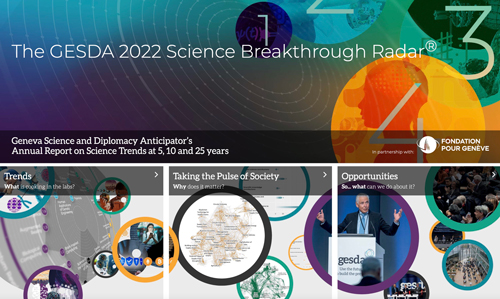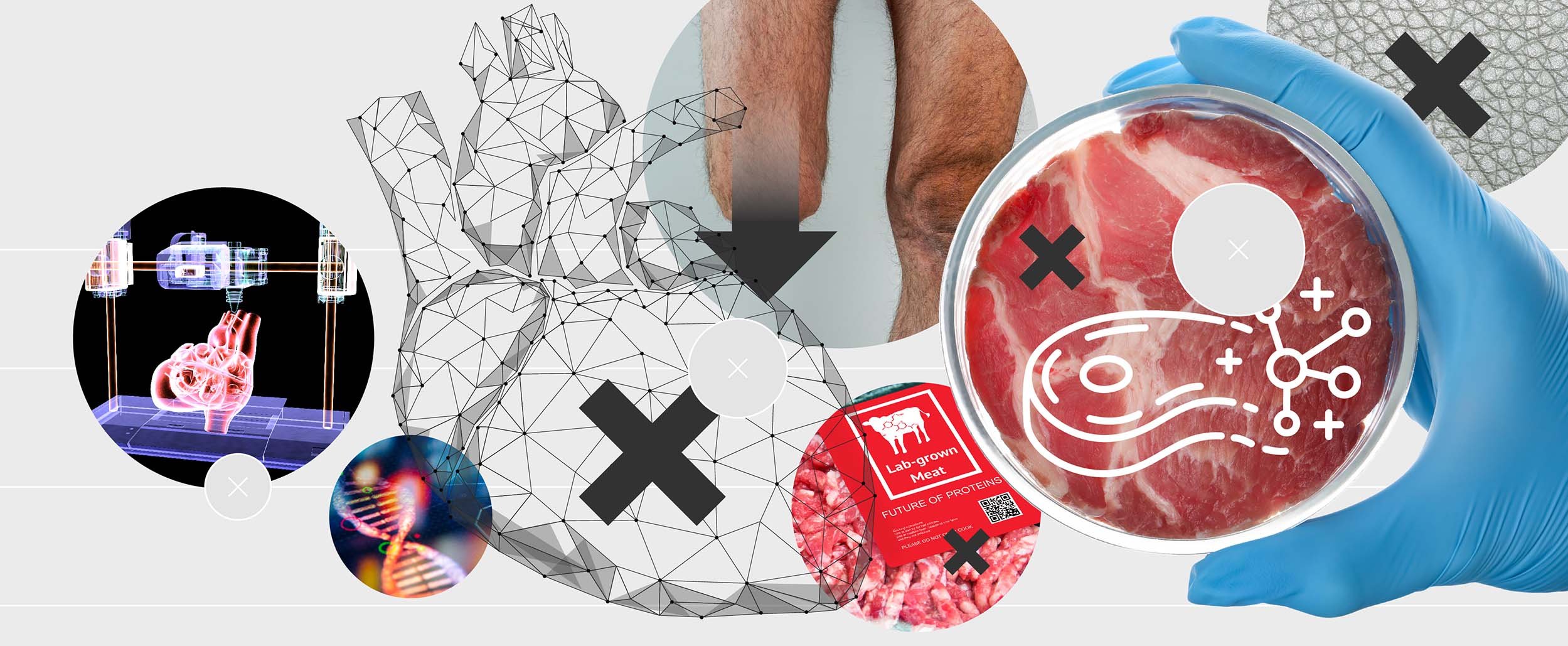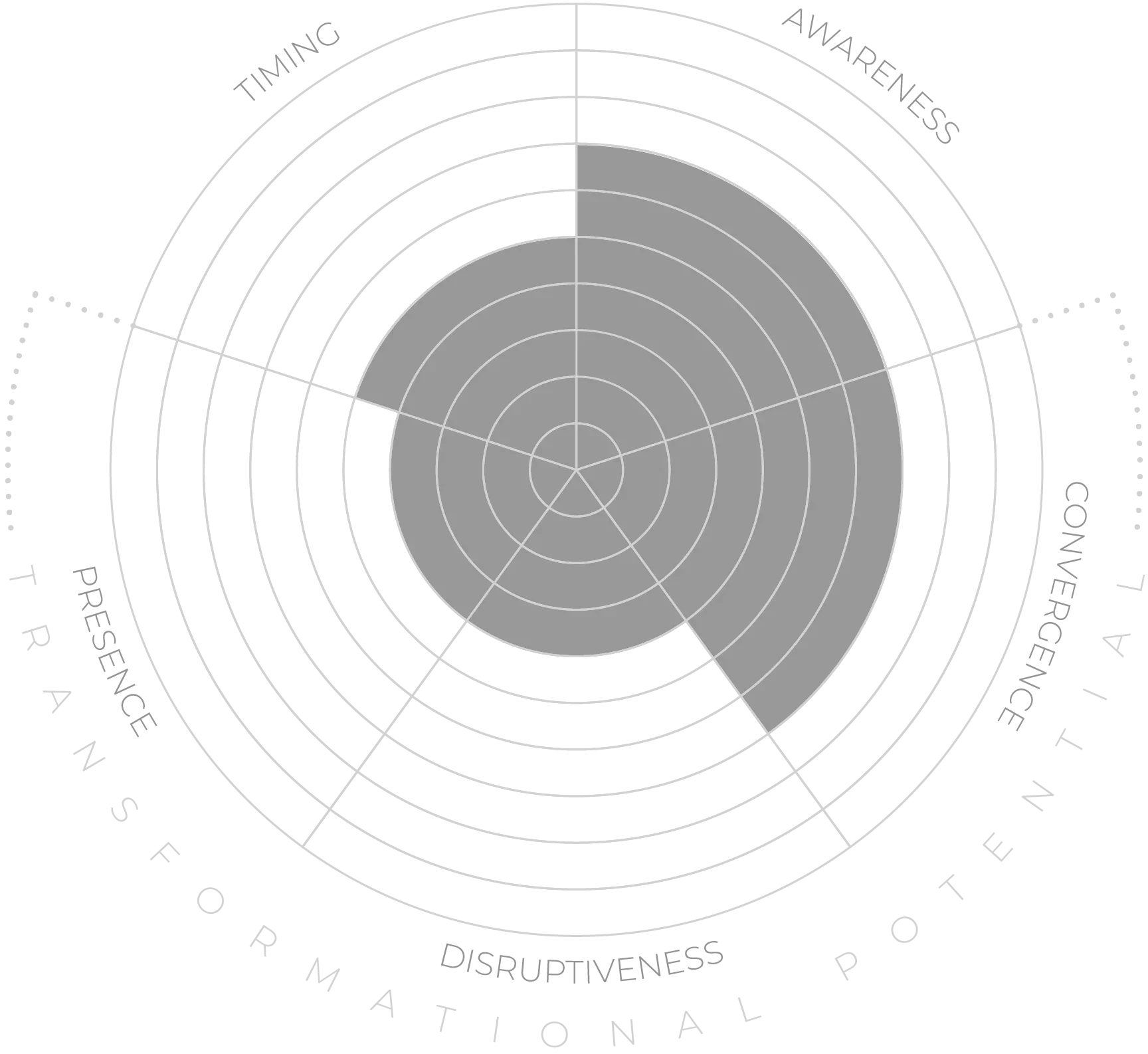These synthetic tissues and organs could be used in place of donor organs for transplants. If they were produced using the recipient's own cells, the risk of rejection would be greatly reduced. Progress is being made: for example, mouse ovaries have been successfully 3D printed and implanted into sterilised mice, restoring ovarian function.22 The hope is that similar technologies can ultimately be used in humans.
A related field aims to trigger tissue regeneration to heal severe injuries, avoiding the need for a full transplant by instead inducing the damaged organ to repair itself.23 Some human tissues naturally regenerate, notably the liver, but not all --- and controlling the process remains a considerable challenge.24
Artificial tissue is also being explored for the production of cruelty-free "meat" by culturing animal cells. So far, the artificial meats on the market resemble processed meats, such as burgers or mince. The next step is to recreate the complex three-dimensional structure of a cut such as a steak. This requires tissues that contain multiple cell types, correctly organised in space, and remains some way off.25


